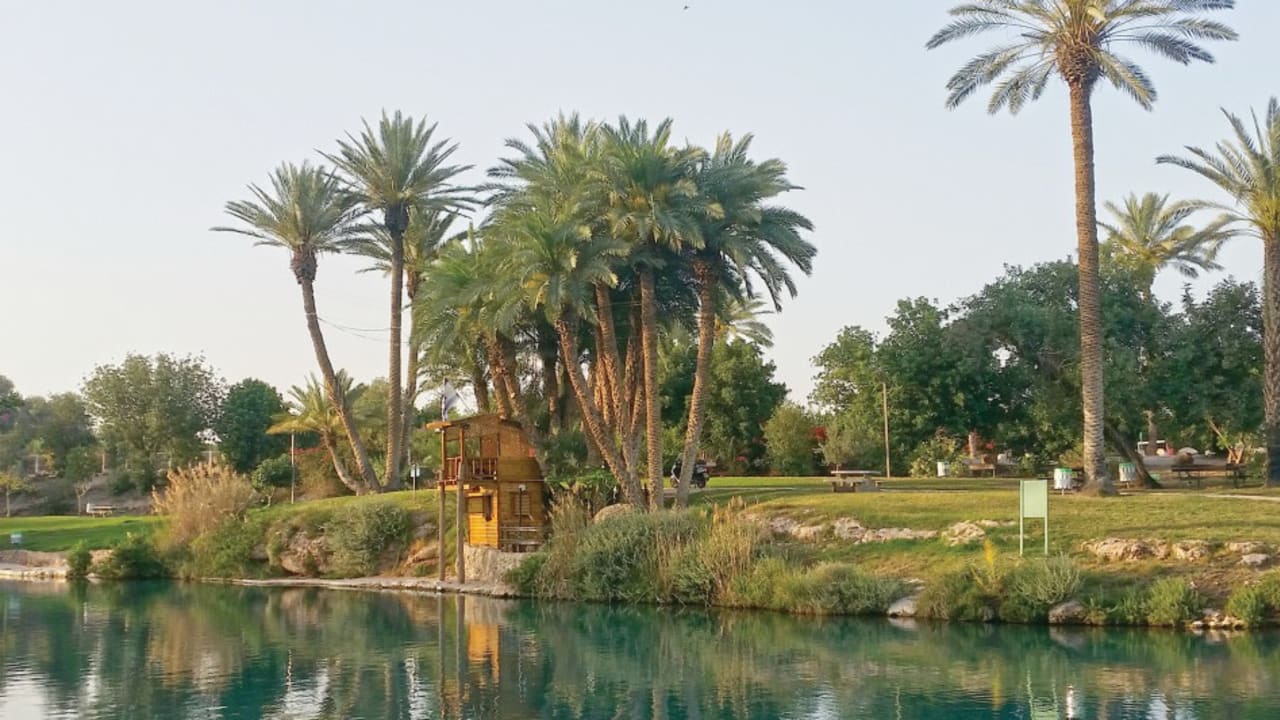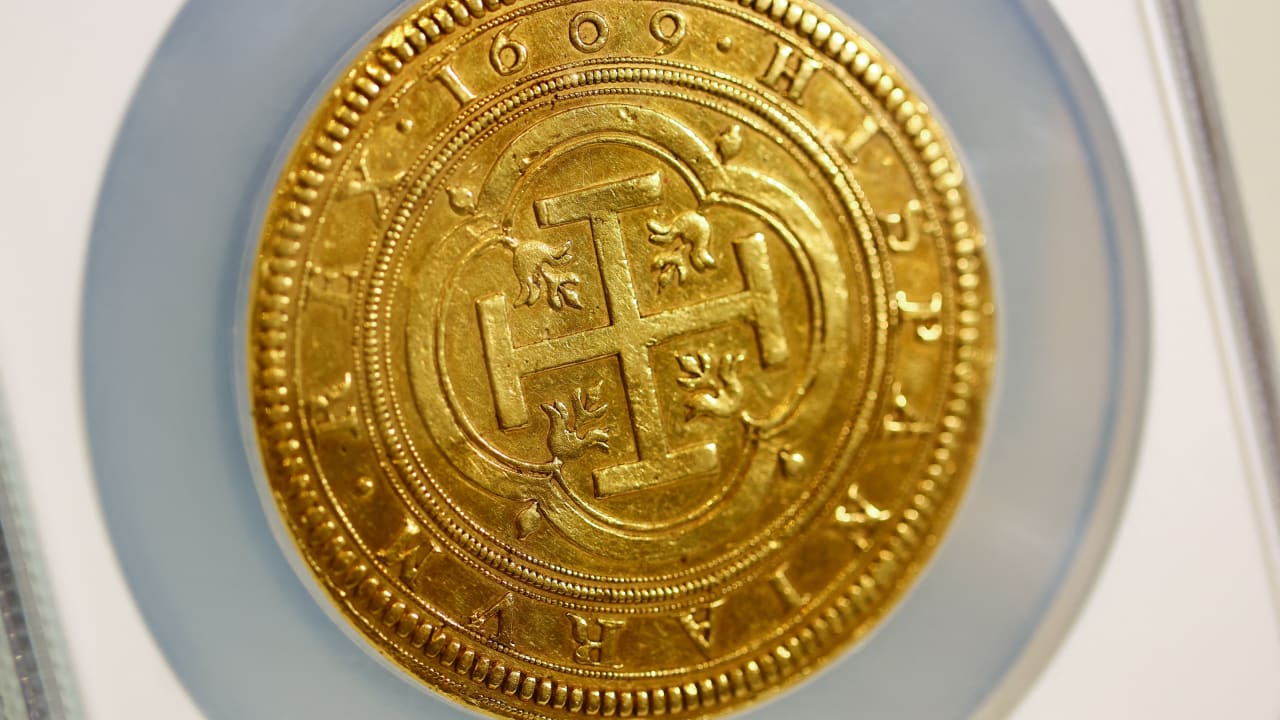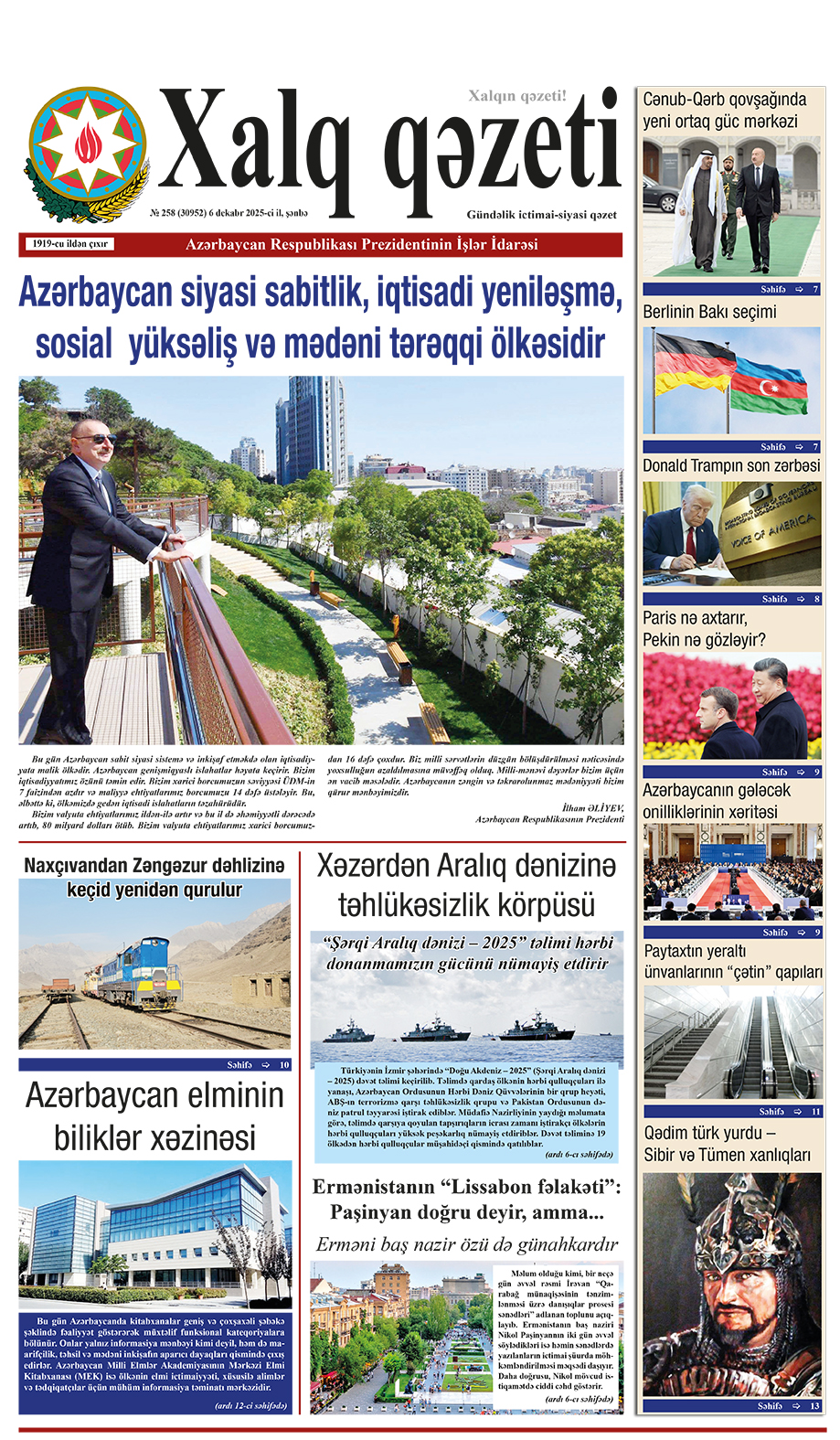Jerusalem Post
Israeli archaeologists uncovered a network of medieval tunnels that once powered sugar mills during the Mamluk period, shedding new light on industrial innovation in the Holy Land, the Press Service of Israel (TPS-IL) reported citing the Hebrew University of Jerusalem.
The tunnels — found beneath the pools of Gan Ha-Shelosha National Park in the Beit She’an Valley — carved into soft tufa rock along Nahal Amal, appear to have supplied water to mills that processed sugarcane in the 14th and 15th centuries CE.
The find was first made when infrastructure work in the area exposed five parallel openings in the rock. “Their engineering precision suggested a hydraulic purpose,” said Prof. Amos Frumkin of the Institute of Earth Sciences at the Hebrew University of Jerusalem, who led the research team that made the discovery. “But unlike the open aqueducts typical of the era, these channels were subterranean—an adaptation to the valley’s geology and the brackish nature of the local water.”
Using Uranium–Thorium dating of stalactites formed soon after the tunnels were dug, researchers determined that they were built during the late Mamluk period. The timeframe corresponds with historical records describing the Beit She’an Valley as a major center of sugarcane cultivation and export across the eastern Mediterranean.
The study indicates that the tunnels likely channeled water to drive horizontal paddle wheels, which powered millstones used to crush sugarcane. “The tunnels’ slope, flow traces, and location all matched the needs of sugar production rather than grain milling,” Frumkin said. A Mamluk-era oil lamp found in a nearby mill helped confirm the site’s dating.
The discovery highlights the Mamluks’ ability to adapt technology to their environment. Brackish spring water unsuitable for irrigation was instead harnessed for mechanical power. “This discovery bridges industrial archaeology and hydrology,” said Frumkin. “It shows that medieval engineers in the southern Levant adapted not only to scarcity but also to opportunity—turning limited water resources into a sustainable source of energy.”
Over time, the sugar mills were converted into flour mills during the Ottoman period, illustrating how water systems evolved alongside economic changes.
Beyond its archaeological significance, the find challenges the assumption that the medieval Levant was technologically stagnant compared to Europe. “What we see here is an early example of sustainable engineering,” Frumkin said. “The Mamluks made use of every drop of water available to them—an approach that feels surprisingly modern.”
The Mamluks ruled the Holy Land roughly from 1250 to 1517 CE, when the Ottomans conquered Egypt and the Levant.
The study was published in the peer-reviewed journal Water History.




















